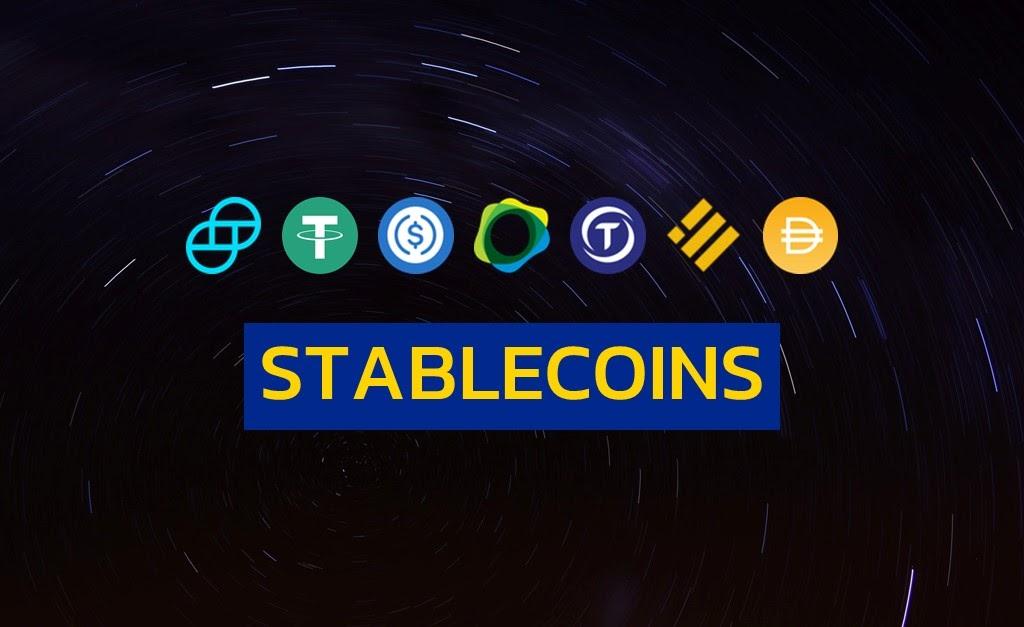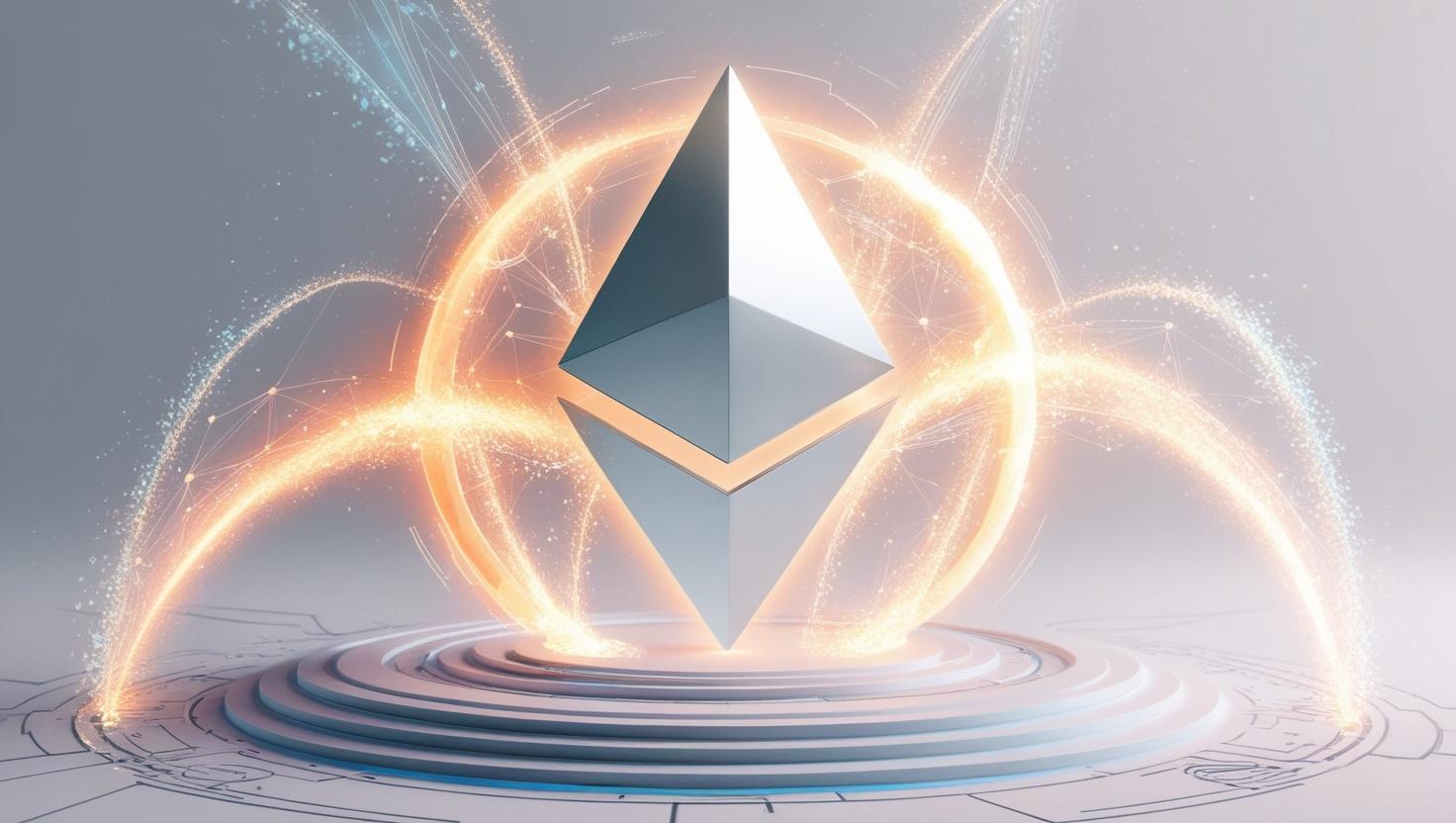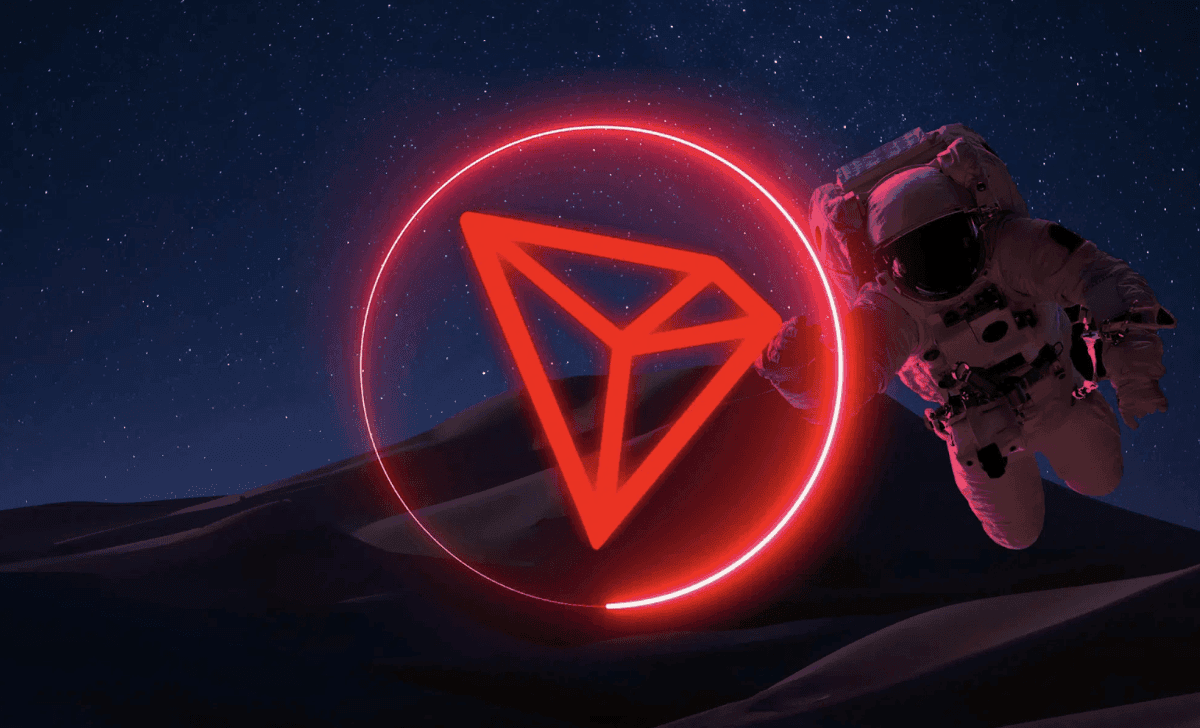



admin
05 December 2025

admin
05 December 2025

admin
05 December 2025

In an announcement posted on X, Solana Mobile revealed that SKR will have a fixed total supply of 10 billion tokens.
Solana Mobile emphasized that the token’s distribution is intentionally designed to reward users and support long-term expansion. The planned allocation includes:
30% for airdrops to early adopters and community members
25% for ecosystem growth, partnerships, and incentives
10% for liquidity and initial launch support
10% directed to a community treasury
15% allocated to Solana Mobile
10% reserved for Solana Labs
This structure aims to create a user-first token economy while giving the project resources to scale the Seeker ecosystem.
Solana Mobile Reveals New SKR Token Details Ahead of 2026 Launch
SKR will feature a linear inflation model aimed at encouraging early engagement—from staking to network participation. Inflation will start at 10% in the first year, then gradually decrease by 25% each year until it reaches a long-term steady rate of 2%.
Solana Mobile says this approach is meant to stimulate early activity during the platform’s initial expansion while maintaining a predictable and sustainable issuance model over time.
The SKR token will integrate closely with the Seeker phone, Solana Mobile’s next-generation device that launched in August. The Seeker builds on the original Saga phone, offering improved hardware and deeper on-chain capabilities, positioning it as a flagship for decentralized mobile experiences.
Related Reading : https://www.topcoinindex.com/news/tron-surpasses-80-2b-in-stablecoins-after-tether-issues-1b-usdt-on-the-networkadmin
04 December 2025

admin
04 December 2025

admin
04 December 2025

admin
05 December 2025

admin
05 December 2025

admin
05 December 2025

admin
04 December 2025

admin
04 December 2025